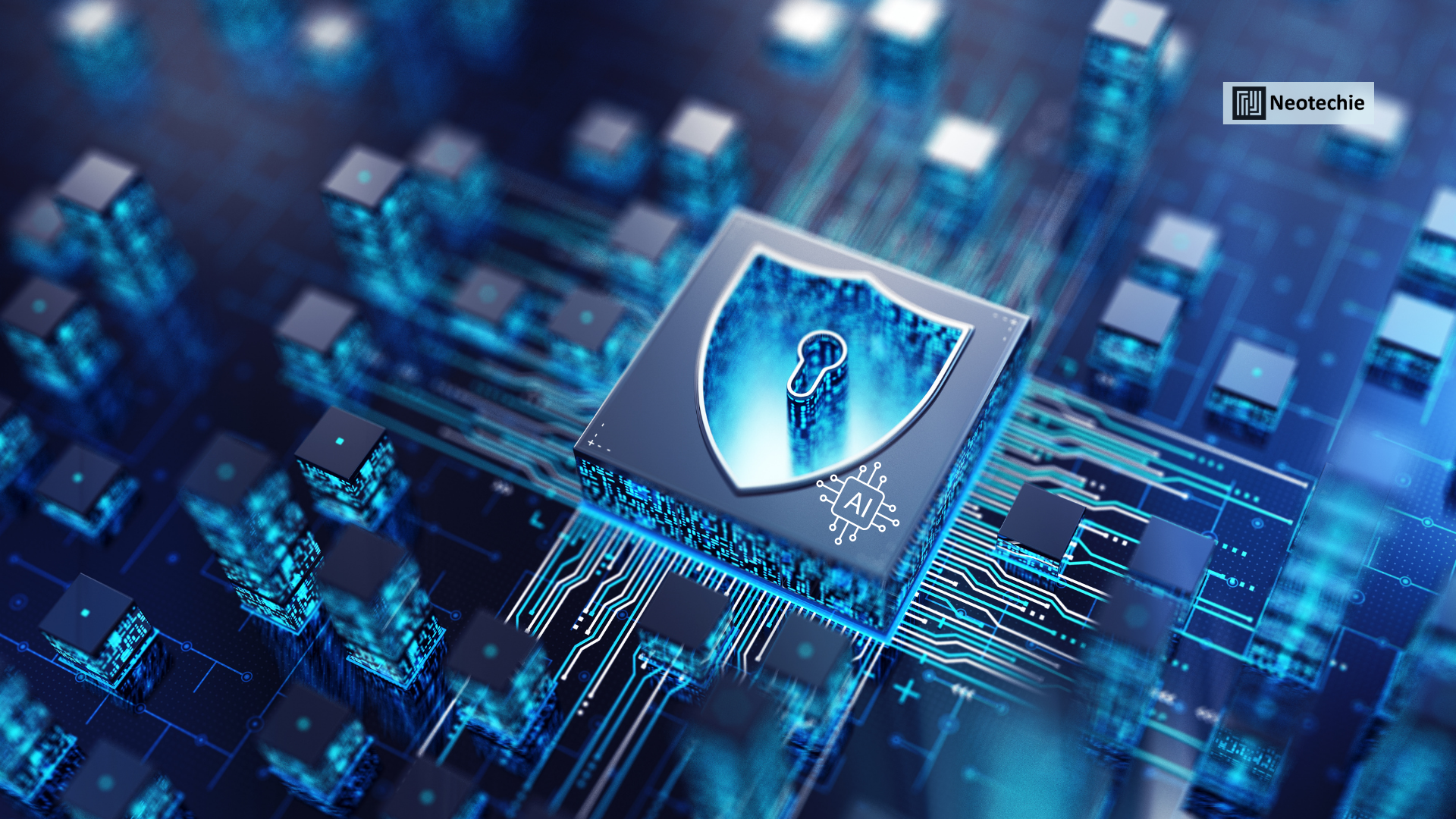AI-Enhanced Cybersecurity: Proactive Threat Detection and Response for Digital Enterprises
Introduction
In today’s hyperconnected digital economy, enterprises face escalating cybersecurity threats ranging from ransomware attacks to insider risks. Traditional security measures, which rely heavily on reactive defenses, often fall short in identifying sophisticated, evolving threats. To stay ahead, organizations are increasingly turning to AI-enhanced cybersecurity—a proactive approach that uses Artificial Intelligence (AI) and Machine Learning (ML) to detect, prevent, and respond to cyberattacks in real time.
AI-enhanced cybersecurity represents a paradigm shift from static defense to adaptive, intelligent protection. By combining pattern recognition, predictive analytics, and automated responses, enterprises can safeguard their digital assets more effectively.
What is AI-Enhanced Cybersecurity?
AI-enhanced cybersecurity leverages AI and ML to monitor digital ecosystems continuously, identify anomalies, and anticipate potential security breaches before they occur. Unlike traditional systems that depend on static rules, AI-driven cybersecurity systems can:
- Learn from data: Continuously analyze both historical and real-time data streams.
- Detect novel threats: Recognize patterns of malicious behavior that have not been seen before.
- Automate processes: Respond to threats with minimal human intervention.
- Adapt dynamically: Evolve in response to new and emerging attack methods.
This enables enterprises to stay ahead of attackers by building intelligence-driven, predictive defenses.
Why AI-Enhanced Cybersecurity Matters for Enterprises
- Proactive Threat Detection
Traditional systems often detect breaches after damage has occurred. AI-based monitoring allows businesses to proactively identify risks by analyzing abnormal activity, user behaviors, and traffic anomalies. This means organizations can stop breaches before they escalate. - Real-Time Response
Cyberattacks happen in seconds, but manual responses may take hours. AI-powered automated incident response systems enable enterprises to isolate infected endpoints, block malicious traffic, and neutralize threats immediately—minimizing damage and downtime. - Scalability of Defense Systems
Human analysts cannot review millions of logs generated daily across large enterprises. AI systems, however, can process vast amounts of data at scale, identifying subtle attack signals that humans would miss. This ensures defenses grow with the organization’s IT footprint. - Reduced Human Error
Security teams are often overwhelmed with alerts, which increases the risk of oversight. By automating repetitive monitoring and classification tasks, AI reduces false positives and ensures only critical alerts reach analysts, lowering operational errors. - Predictive Security
Instead of simply reacting, AI models learn from past attack data to anticipate future risks. Enterprises gain predictive intelligence that highlights vulnerabilities before they’re exploited, allowing them to patch and strengthen defenses proactively.
Real-World Applications of AI in Cybersecurity
- Intrusion Detection: AI can identify abnormal login attempts, privilege escalation, or unauthorized access to sensitive systems.
- Fraud Prevention: Machine learning models analyze financial transactions for unusual spending behaviors, blocking fraud in real time.
- Phishing Defense: Natural Language Processing (NLP) algorithms detect suspicious email content, malicious URLs, or cloned domains.
- Endpoint Protection: AI monitors connected devices to identify ransomware patterns, malware signatures, or abnormal CPU usage.
- Threat Intelligence: AI correlates data from multiple sources, including dark web monitoring, to provide early warnings about emerging attacks.
Challenges of AI-Enhanced Cybersecurity
- False Positives: AI systems may flag legitimate activities as threats, creating additional workload for IT teams if not tuned properly.
- Data Quality Dependence: The accuracy of ML models depends on the quality and diversity of training data.
- Integration Complexity: Implementing AI solutions with existing security tools (SIEMs, firewalls, IDS/IPS) can require careful planning.
- Adversarial AI Attacks: Hackers may attempt to trick AI models by feeding misleading data, requiring ongoing monitoring and retraining.
How Neotechie Helps Enterprises Build AI-Powered Cybersecurity
At Neotechie, we provide end-to-end solutions to help organizations design, implement, and scale AI-enhanced cybersecurity.
- Cybersecurity Assessment & Strategy
Our experts assess your existing infrastructure, identify vulnerabilities, and create a roadmap for integrating AI into your defense strategy. - AI-Powered Threat Detection Systems
Neotechie builds and deploys ML-driven detection models that monitor activity patterns, spot anomalies, and flag emerging threats in real time. - Automated Response Orchestration
We design AI systems that automate containment—quarantining infected endpoints, blocking malicious IPs, and activating fail-safes—without waiting for manual action. - Seamless Integration with Existing Security Tools
Our solutions are designed to integrate smoothly with existing SIEM platforms, firewalls, and endpoint protection systems, maximizing security without disrupting operations. - Continuous Monitoring & Optimization
Neotechie provides ongoing support to retrain models, fine-tune performance, and keep systems updated against evolving threats. This ensures that your cybersecurity strategy grows stronger over time.
Conclusion
AI-enhanced cybersecurity empowers enterprises to move beyond traditional reactive defenses to proactive, predictive protection. With real-time detection, automated responses, and continuous learning, organizations can safeguard critical assets, maintain compliance, and build resilience against cyber threats.
With Neotechie as your trusted partner, your enterprise can harness AI and ML to fortify defenses, minimize risks, and secure its digital transformation journey.

